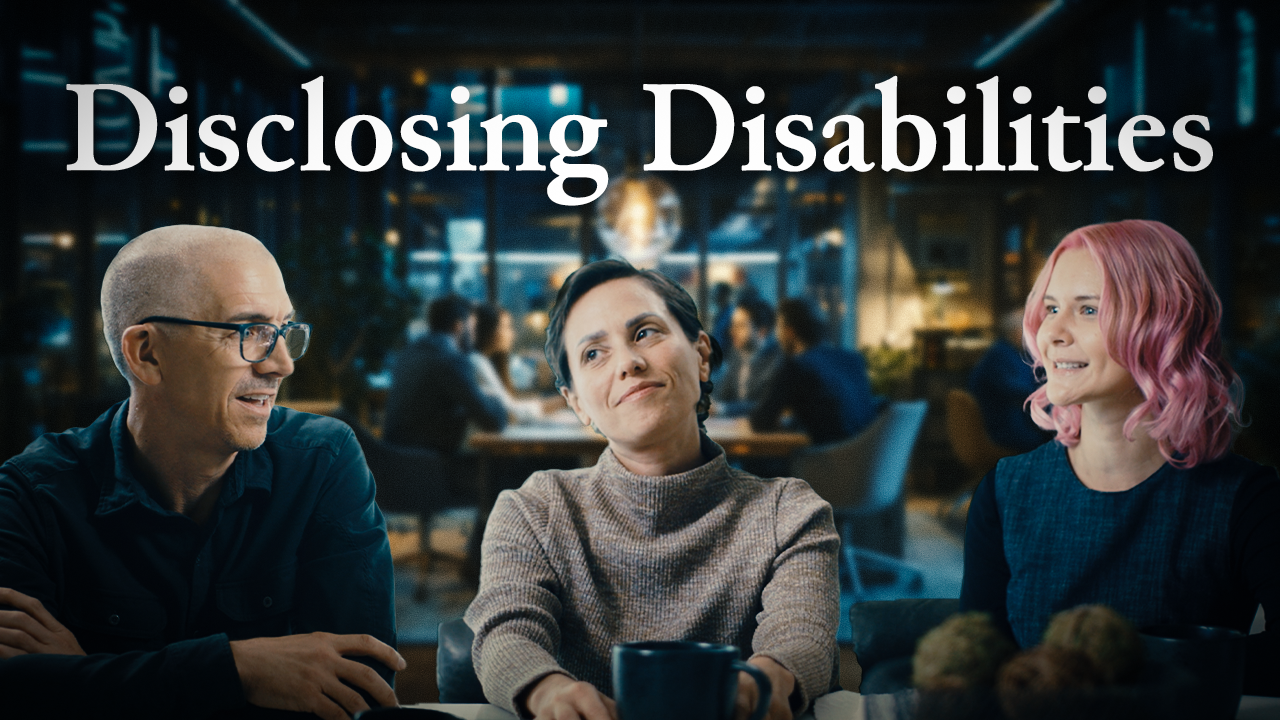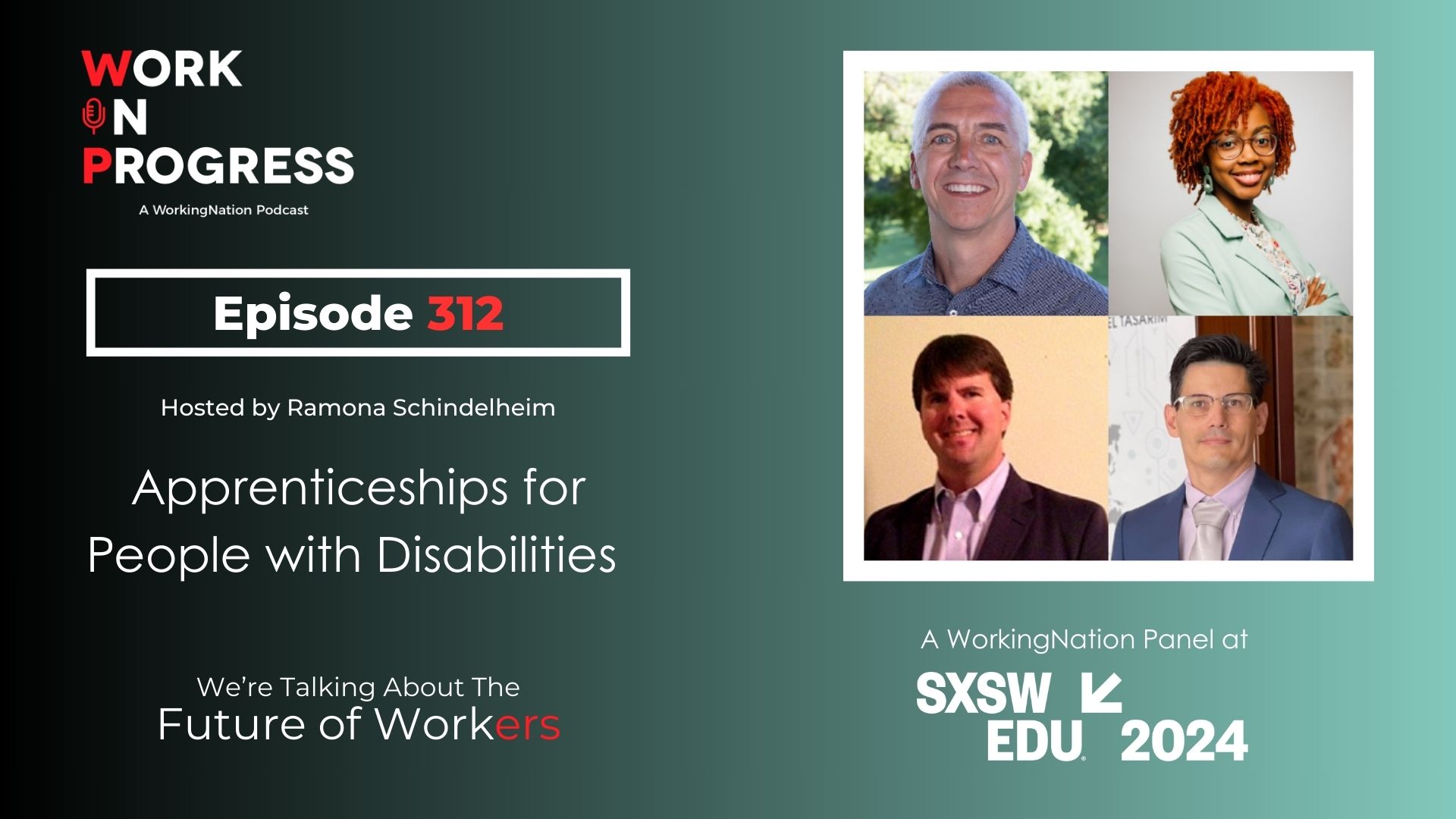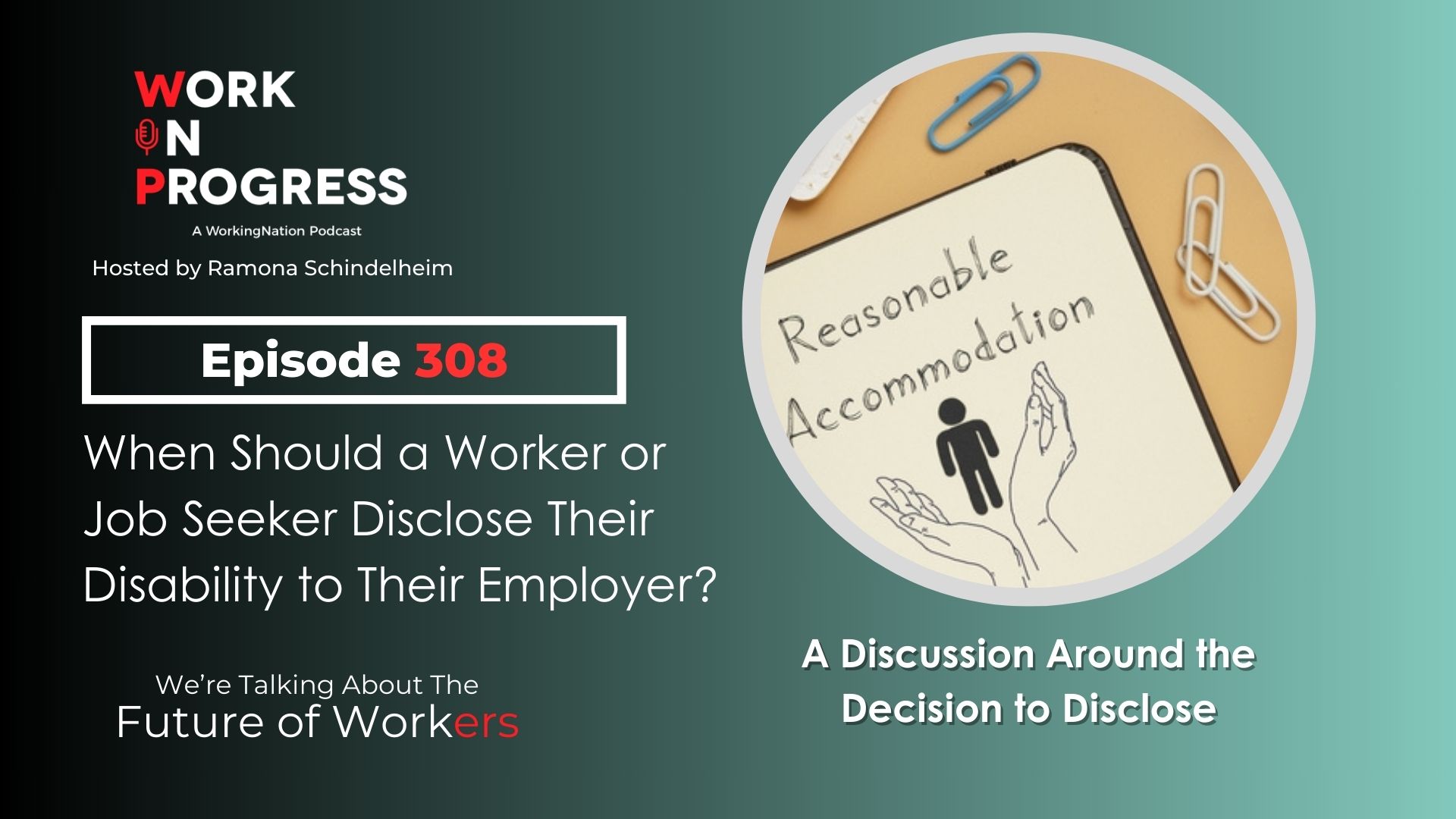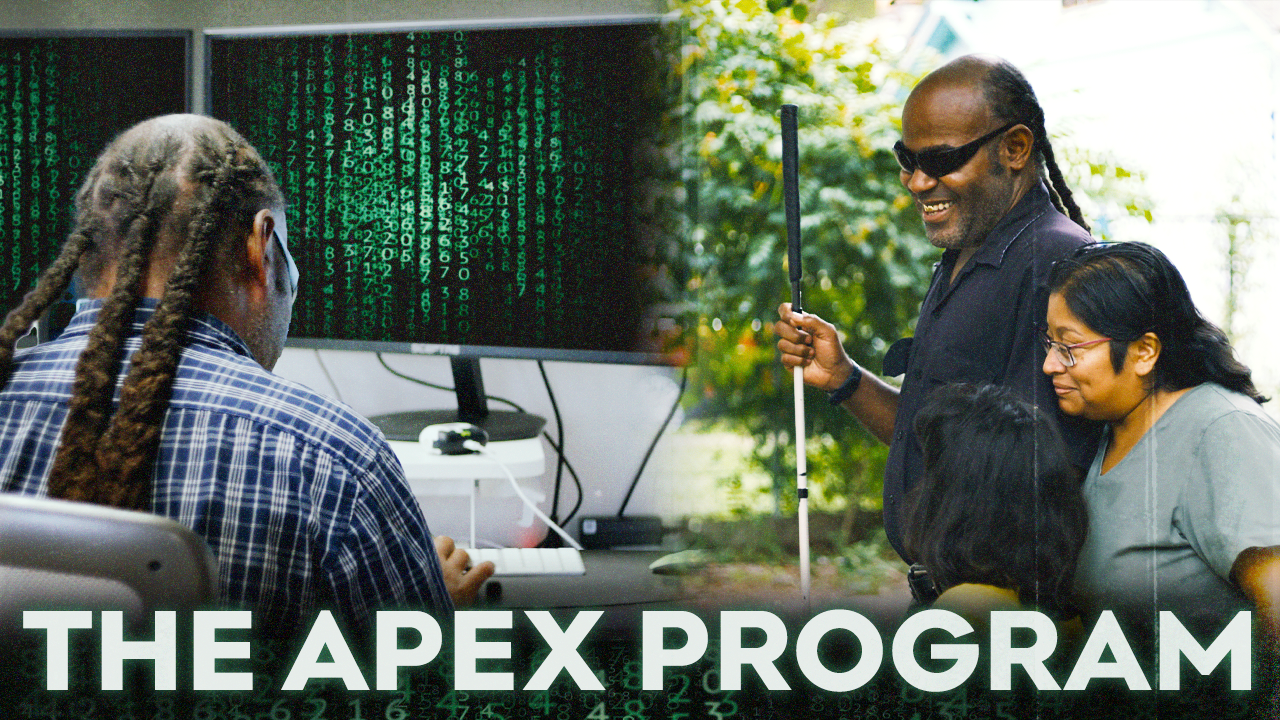
A growing economy where businesses are looking for workers is not helped by a significant number of long-term unemployed who have given up looking for work.
Senator Rob Portman (R–OH) stated in a recent op-ed in the Cleveland Plain Dealer: “If our labor force participation rate were at its pre-recession level, our country’s unemployment rate wouldn’t be 4.0 percent as it is today — it would be 8.6 percent.”
He goes on to explain that despite the high numbers of jobs available to skilled workers, a significant percentage of unemployed workers are not reflected in employment data because they are not looking for work.
Additionally, Portman says: “Last year, a report published by the Brookings Institution found that nearly half of men between the ages of 25 and 54 not in the labor force take pain medication on a daily basis and nearly two-thirds of that group acknowledged taking prescription pain medication.”
He also cites that areas with higher opioid use have greater numbers of workers not participating in the job market and that states with more stringent regulations on prescribing pain medications have more workers participating.
Chicken or the Egg?
It’s not clear if addiction to opiates is preventing workers from participating in the job market or that chronic unemployment is causing sufficient pain from feelings of uselessness, purposelessness, depression and anxiety to drive workers to take pain medications that they then become dependent on.
It actually doesn’t matter, which came first.
What matters is that as long as workers experience psychological and emotional pain from unemployment, they will seek pain relief through pain-relieving medications. A further problem posed by increasing addiction is that people succumbing to it, withdraw more from interpersonal interactions. That’s because these users are not using opioids to get high — and socialize with others — but to get by, and away from the angst they feel from their situations.
Other than reducing access to such medications through more regulations, what can be done about this?
If families or friends are worried for the very life of a loved one, they can always call the authorities or hire an interventionist to do an intervention that might lead to the addict going into an inpatient drug treatment center. However, the cost of the latter is often prohibitive, especially with families that are already hurting financially from an unemployed family member.
If the situation is not so dire, there are many 12-Step programs that such addicted individuals can attend. But then the problem becomes how do you motivate these people to go and keep going to the meetings? It might be helpful to deconstruct what is helpful about attending such programs and then see how families might recreate that with their addicted loved one and do so enough to motivate them to attend a 12-Step meeting.

Essentially, 12-Step programs offer a gathering where other attendees have similar problems with addiction, where compassionate support is offered and where there is no crosstalk or unsolicited advice giving.
Each of those elements is important to the success of such groups.
Being in a gathering of addicts means:
- It’s difficult to use an excuse to discount the experience of others by claiming they don’t understand because they are in the same situation as the drug addict.
- Being able to speak their truths and share what they’ve done that they’re ashamed of without the fear of being judged or shamed may cause initial anxiety, but then offers great pain relief which the addict may find revelatory since it happens without taking medications.
- Being able to actually believe and accept the acceptance that comes their way vs. being judged by people on the outside or alternatively being given patronizing support that rings false.
- The lack of crosstalk relieves the addict of being giving unsolicited advice and solutions that may have good intentions but often make them feel even worse and more ashamed and burdensome.
The Seven Words – Interventional Empathy
One of the things that drugs actually do for an addict is that they seem to address and make the psychological pain go away. In essence, drugs empathize with that pain which is one reason why it is so difficult to get off them.
12-Step program attendees provide similar relief by offering an outlet for addicts to speak honestly about shameful behaviors and incidents versus hiding their thoughts, and in so doing, feel relief.
The “Seven Words” is a technique that family members or friends can use with addicts that essentially does an intervention using empathy that lessens pain. Here’s how to use it.
RELATED STORY: Could Oprah’s life-changing moment change yours?
If you are the family member or friend of an addict, during a non-confrontational moment, say to him or her in an assertive yet matter-of-fact manner: “I’d like to try something that might make you feel better. Just play along with me.”
They may reply with, “Huh?” or “What?”
Then say, “Yeah, just play along with me… seven words.”
They may say, “What?”
When they say that, you have interrupted their thoughts, which is what you want to do.
Then say, “Yep, seven words: Hurt, afraid, angry, ashamed, alone, lonely, tired. Pick one and start talking.”
You may actually hear some addicts say with a chuckle: “All of them.”
Then say, “Good pick one and tell me about a time when it felt awful.”
Then hear them out and say, “Pick a time when it was the absolute worst you could feel.”
By approaching them this way instead of asking them a question, you’re inviting vs. interrogating them into speaking and they may be more likely to talk. What you’re also giving them is the chance to re-experience an awful and painful experience that they felt alone, but now they get to feel with you. And doing that is pain relieving.
Let them finish sharing a time when they felt that word at its worst and ask them:
- What did you think when it happened?
- What did you feel when it happened?
- What did you do? (They will probably say took drugs.)
- If you felt it again right now, and now that we’re talking about it, what would be a better thing to do? (What you’re hoping they’ll discover is how talking about it with you, and with your being accepting and non-judgmental, actually helps them to feel better)
You can use the above as needed, but an additional thing you might and even should suggest is telling them, “You know, you and I just watched how you felt better by talking to me and sharing some shameful feelings. Because I’m busy and have other things on my mind, you might want to do it again and if you see I’m preoccupied, I might not ask you to talk and you might therefore not spontaneously do it. I have another idea: I would just like you to consider and hope you will try. I think if you started attending a 12-Step program for your addiction, you can be almost guaranteed that there will be an opportunity to share your feelings as you have with me because that is what everyone is there for. Would you be willing to give it a try as a favor to me?”
Replacing a “doing without” experience of stopping using a drug by a “with” (other people) experience of expressing their feelings and in turn feeling cared about, might just be the catalyst a loved one needs to move away from opioids and back into the world of a functioning and — hopefully not too far behind — working human being.
Join the Conversation: How can we break the cycle of opioid dependence while helping people rejoin the workforce? Share your ideas on our Facebook page.
Dr. Mark Goulston is an award-winning business psychiatrist, a consultant for Fortune 500 companies and the best-selling author of seven books. His latest book, Talking to Crazy: How to Deal with Irrational and Irresponsible People in your Life can be found on Amazon. Catch up on Dr. Goulston’s previous articles here.
Connect with Dr. Goulston through Facebook, Twitter, or LinkedIn. His books are available on Amazon. Check out his videos on YouTube or take advantage of free resources available at www.markgoulston.com.











